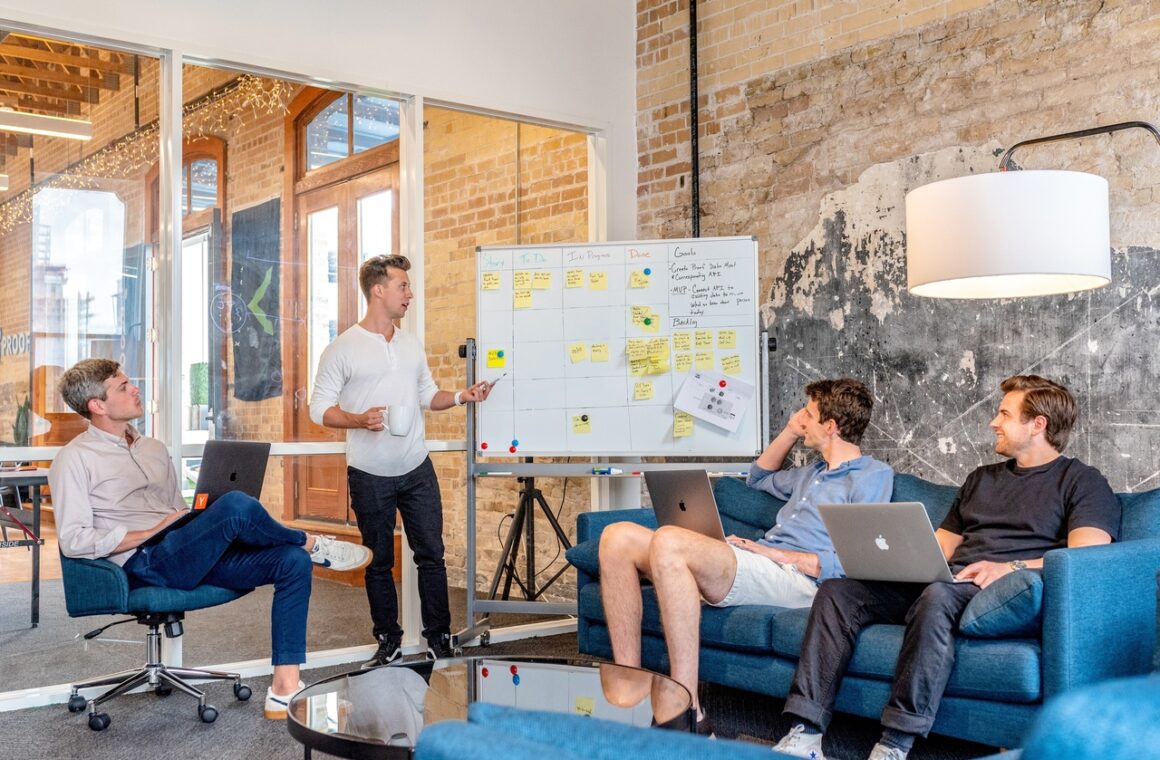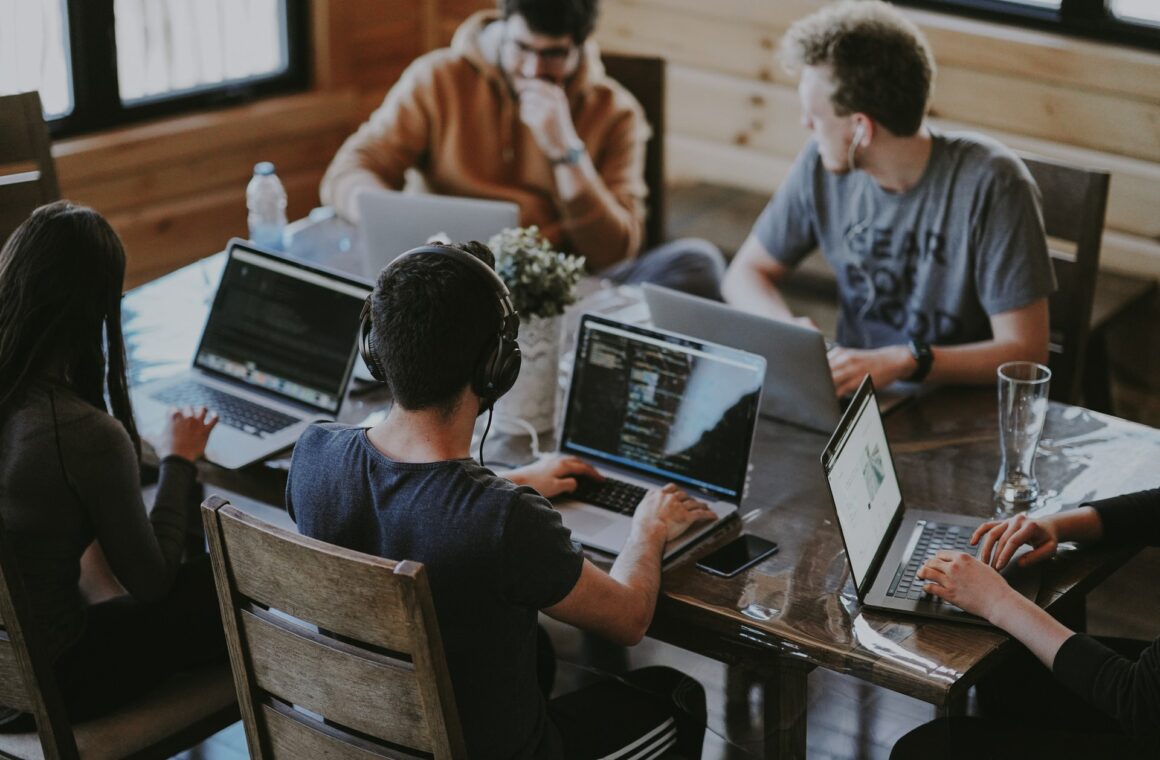
Cryptocurrency index fund

For the last six months there has been hysteria about ICOs and cryptocurrencies. I have had several approaches to this market with different levels of success. The biggest one was two years ago, when I wrote an article about how Russia was missing a chance, that there was as good an opportunity as if Russia was given a chance to print the dollar. Yes it is possible to ban the entry of the dollar into the payment system, but to ban the printing of dollars in Russia is stupid. This article caused a certain resonance.
Around the same time, we made our first investment in this technology – distributed storage on blockchain, protected from certain external data. We were still in the ITI project then, there was no concept of an ICO yet. They came to us about a year ago and said that we needed to hold an event called an ICO. We would gather investors, invite them to invest in us, to buy our future tokens. I thought this was a weird gamble, but I gave them a room to do it. They threw a party, we watched it work. They raised over $30 million at that party. It was one of the biggest ICOs at the time. We used that to build a partnership scheme with some investment banks and funds and started investing, working out a strategy for ourselves.
After many years of experimentation, we decided for ourselves that we will not participate in ICOs that we do not understand and invest in tokens, because they can first take off, and then fall. We can make money on it, but our reputations can suffer.
If our intuition says, we don’t believe in it, as a venture capitalist, if it doesn’t pass venture capital expertise, we won’t invest, even though everyone around us may go crazy. If we like it, we’re willing to go big. We were very big investors in Telegram, up to 2 million in funding and several other projects. In parallel, we found a strategy related to an index fund.
We made a fund built on an index of cryptocurrencies. The idea is that conventionally there are all currencies from the first hundred of capitalization, they can be divided into groups. The first is bitcoin, ripal, etc., which have the bulk of the capitalization, but their growth rate is limited to certain currency markets. All investors enter these currencies, they are more or less liquid and less risky.
On the other hand, there is a long tail – all sorts of junk, and in the middle of it, from positions 2-15, there are those coins, which conditionally create an economic effect in this market. Behind them are the serious use scenarios, behind them are the companies that have the biggest growth scenarios. They have not yet been evaluated by big investors, the public opinion, the so-called public crowd, already considers this project a done deal. This crowd is rarely wrong because people in the general mass, especially at the tail end of the system, they are more susceptible to euphoria or conversely hysteria. And in the middle the volume of participants is so large that by common decisions they create positive decisions in the dynamics. Focusing on this portfolio, you can organize quite a good yield than even just investing in cryptocurrency.
We are experimenting with an index fund. It is still small, consisting of our close investors and our own funds. We are also doing large ICOs. Another interesting niche that we have found for ourselves is at the intersection of startups and corporations. This is a major problem in the blockchain world. Many of them have raised a lot of money, they have interesting technology, but they have absolutely no real examples of how to use that technology. Consequently, there are companies that have a capitalization of billions, but it has 50,000 users. In terms of the venture capital market, a company with 50,000 users should be worth 10 million, not a billion. And those that get a real scope, they have a better economy, higher turnover, and according to the law of the network effect – their value is directly proportional to the number of participants. And on the other hand there are large corporations that are biting their elbows about the fact that they can’t do anything, for example, lawyers won’t allow them to do an ICO.
Telegram raised 1.5 billion and will raise another 1 billion this year and can afford to build any system they want. Yandex, on the other hand, is just as well capitalized, but can’t do it because the lawyers won’t allow its own currency to come down. Google, Facebook also can’t do it. They want to try, to experience and there can be very interesting combinations. On the one hand, there could be joint ventures or outside individual startups that leverage big business audiences and their capabilities, and on the other hand, there could be blockchain technology. At the same time, big companies are not touching these bitcoins with their hands.
The first such pilot has launched, just now. Like everything in this world – the best technology started with porn. The value of this cryptocurrency has tripled in the last month. It’s a very understandable scenario for users, people don’t want to pay by credit card so no one will find out later. Last year in the U.S. for the first time in 20 years of the Internet, non-porn website traffic exceeded porn traffic. Blockchain technology is ideal for any merchant where there is a loyalty program, an internal marketplace of value exchange between people. It’s easier for a company to launch its own blockchain to make that kind of partnership. We know how to do it, how to structure it. Plus we have learned how to accept cryptocurrency investments from cryptoinvestors in order to invest in real assets, accept dollars in order to invest in cryptocurrency. We do everything legally, transparently, in accordance with the requirements of American legislation. In general, we are now growing on such opportunities and adding at least 10-20 million new investments per month.
When I didn’t quite understand how artificial intelligence worked, I asked the head of artificial intelligence at Google, Facebook, and a number of other companies. In response, with a deep sigh, they gave me a book to read. The essence of the book is that it explains that the principles of the stock exchange are only subject to the laws of statistics, there is no regularity. Consequently, any attempt to teach artificial intelligence to regularities leads to the fact that robots find regularities where they do not exist. If you are asked what a sequence of random numbers is, you will say 1, 2, 2, 1. And if you give that to a robot, it will give the sequence 1,1,1,1,1,1,1,2,2,2,2, not because it’s such a sequence, but just a large number of randomness and any of them can be created. Using such data to train robots or artificial intelligence will give the false illusion that you can build a winning strategy on this pattern.
Artificial intelligence is used for robots, they have neural networks behind them, that is artificial intelligence. They look for some inefficiencies in the market. You can see it clearly in the crypto market. Conventionally, on Monday morning the Chinese market wakes up, they go to buy bitcoin, the price of bitcoin on Monday morning almost always goes up. If you buy on Sunday and sell on Monday, you always win, but just a little bit. You have to have a lot of leverage. If one day it’s announced that someone has run away with 600 million, no one buys the currency, the market crashes, and you lose everything you’ve earned through hard work for 2 months. Unfortunately, there are no winnings here and no robots will help.
My first idea, when I started working with artificial intelligence, was to automate the trading profession on the stock exchange. But as it turned out later, it does not work very well. There are a lot of factors, for example, some news that changes the market. If you do not have access to all the information, you cannot forecast and there is nothing to do. That’s why we decided that we won’t get into speculative trading, we are, after all, long-term investors. Our value is to assess the quality of the product, the possibility of its development on a 1-2-3 year horizon. We invested, we wait a year or two and then we start to sell. After that, it’s up to you, if the project does not shoot out in 2 years, then there is nothing to feel sorry for.








